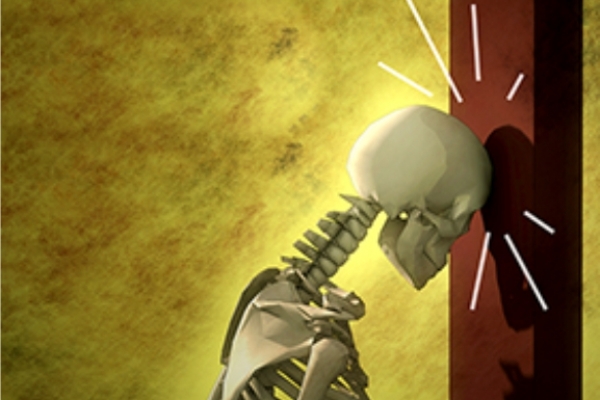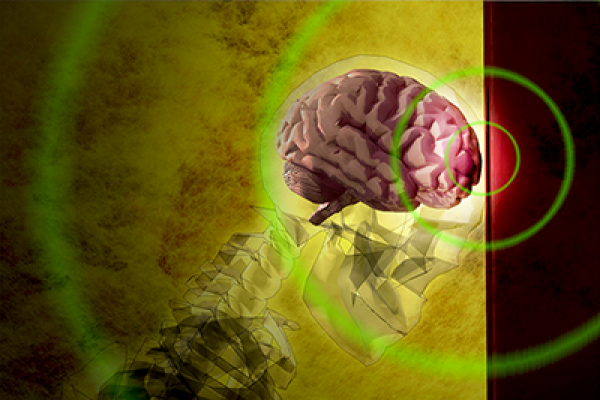HEAD TRAUMA
Traumatic brain injury (TBI) can be defined as a jolt or blow to the head (blunt head injury) or a penetrating head injury that disrupts the normal functions of the brain. TBI may appear as a result of a sudden and hard blow to the head, or in consequence of an object that penetrates the brain after piercing the skull. Symptoms are defined as mild, moderate or severe, depending on the duration of the brain injury. Mild cases cause short-term changes in the mental status, whereas severe cases may involve prolonged loss of consciousness, coma or even death.
Traumas are the most common cause of deaths in people under the age of 45 all over the world, and head traumas are the most common type of trauma resulting in death. 20% of patients lose their lives at the time of trauma or while being taken to the health center. In our country, some of patients who arrive at the hospital lose their lives while being transferred to other centers due to insufficient conditions.
Head traumas are followed by a scorring system (Glascow Coma Score) having a total score of 15. This score determined by the patient's physician, based on the patient'd examination, sheds light on the patient's condition. Those who have a score ranging from 14 to15 are classified as mild head trauma patients, those with a score between 9 and 13 are classified as moderate head trauma patients, and those with a score below 8 are classified as severe head trauma patients. In severely traumatized patients, the rate of mortality despite treatment has been reported to be 38.
A head trauma can be followed by concussion (concussion of the brain), contusion (brain damage), epidural hematoma (bleeding on the cerebral cortex), subdural hematoma (bleeding under the cerebral cortex), and depletion fractures (collapse of the skull towards the brain due to the fracture). We may encounter these conditions in combination with each other or with traumas in other regions of the body.
In a trauma surgery performed after the operation decision is taken, the patient is taken to the operating room under emergency conditions, and then an incision is made in such a way as to ensure it to cover the whole bleeding area. The skull is opened and lifted by using special drills. The blood on and under the cerebral cortex or in the brain parenchyma is drawn with aspirators, and then bleeding is taken under control by using a burning device called bipolar. If opened, the cerebral cortex is sutured. The bone is put back in its place and then the skin is sutured.
It is of great importance whether or not intensive care follow-ups are performed by physicians, the assistant staff is well-trained, and close neurological follow-ups are performed in centers, where such surgical procedures are carried out.







